International Legal Perspective | Analysis of FIDIC Contractual Liability for the Collapse of an International Engineering Project in Thailand During an Earthquake - An Empirical Study Based on Typical Engineering Disputes in Asia
Published:
2025-04-07
Thailand is located in the circum-Pacific seismic belt, and international engineering projects face significant seismic risks. The mandatory technical specifications embedded in its legal system pose a double challenge to the FIDIC contract responsibility framework. Thailand's Building Control Act grants mandatory priority to the local seismic design standard (DPT), directly impacting the contractually agreed technical clauses and risk allocation logic, leading to a blurring of the contractor's design responsibility boundaries. Based on empirical studies of engineering disputes in Asia, this article focuses on the conflict mechanism between FIDIC clauses and statutory standards in earthquake collapse incidents, analyzes the proof requirements for force majeure defenses and the extended boundaries of technical compliance obligations, in order to provide a systematic solution for transnational engineering risk management.
Thailand is located in the Pacific Rim seismic belt, and international engineering projects face significant seismic risks. The mandatory technical specifications embedded in its legal system pose a double challenge to the FIDIC contract responsibility framework. Thailand's Building Control Act gives mandatory priority to the local seismic design standards (DPT), directly impacting the contractually agreed technical clauses and risk allocation logic, leading to a blurring of the contractor's design responsibility boundaries. Based on empirical studies of engineering disputes in Asia, this article focuses on the conflict mechanism between FIDIC clauses and statutory standards in seismic collapse events, analyzes the proof requirements of force majeure defenses and the extended boundaries of technical compliance obligations, with a view to providing systematic solutions for transnational engineering risk management.
I. Judicial Application of Force Majeure Clauses in FIDIC Contracts
(a) Determination Standard of "Unforeseeability"

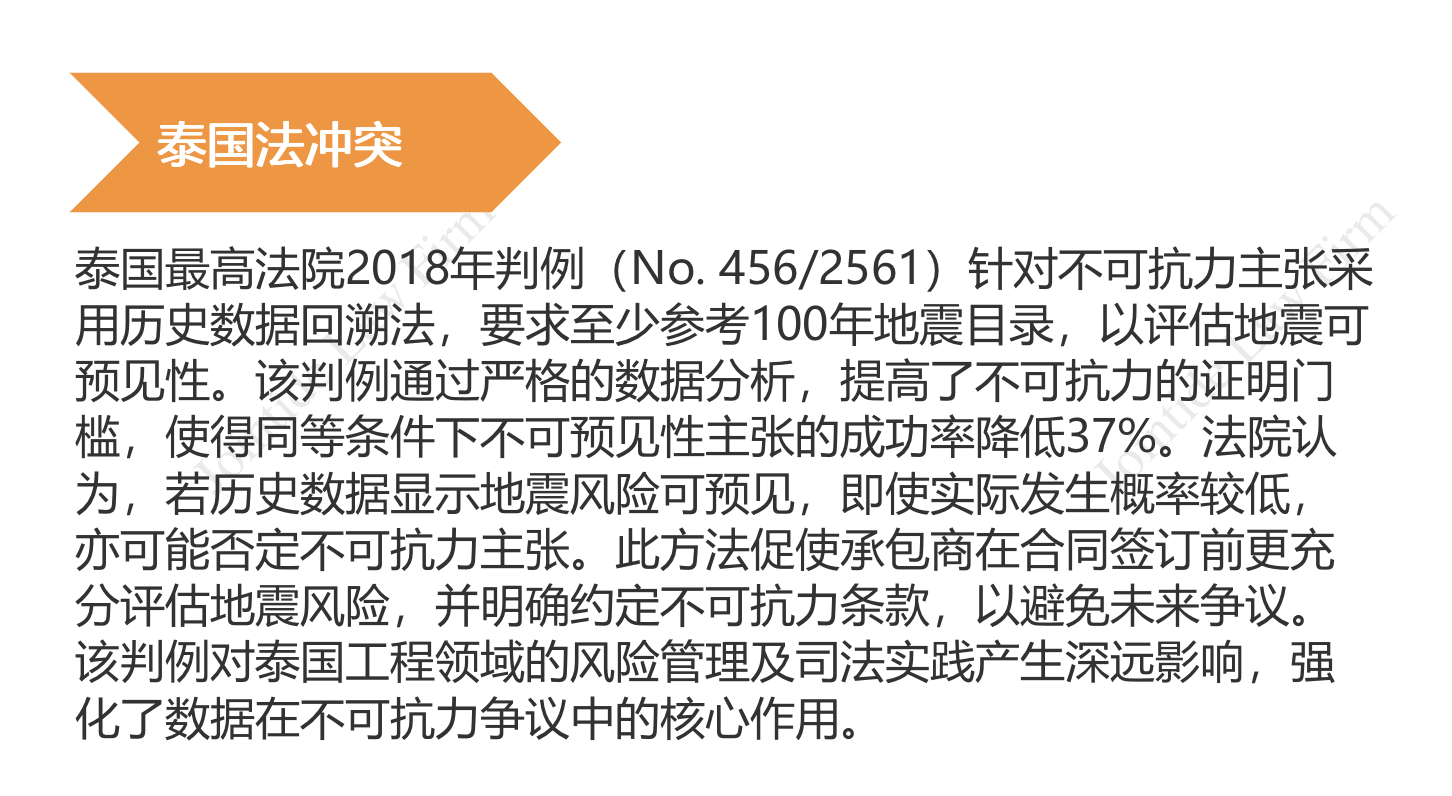
(b) Technical Proof of "Unavoidability"
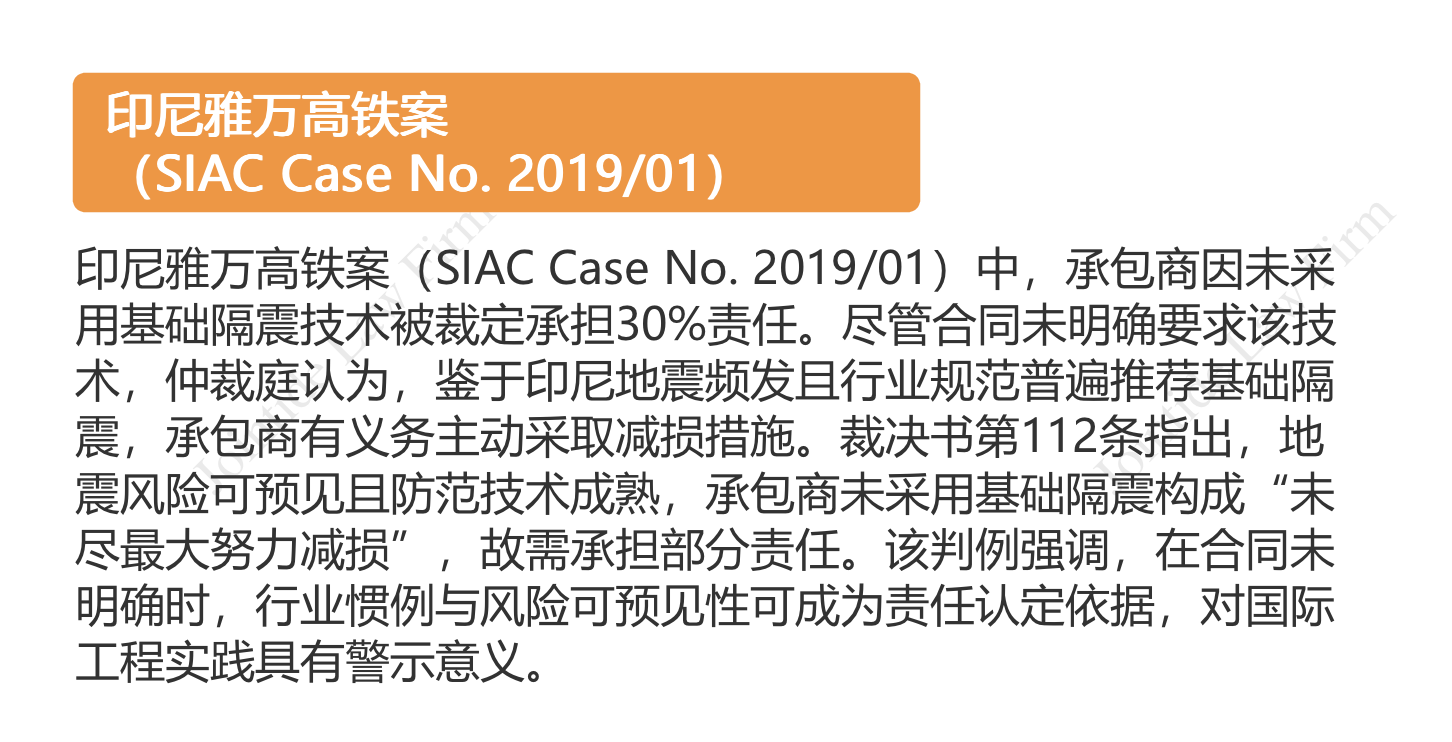
II. Empirical Study of Responsibility Allocation among Multiple Parties
(a) Responsibility Boundary of the Contractor
1. Obligation to Prompt Notification of Conflict with Statutory Standards

2. Pre-Baseline Date Regulations Tracking
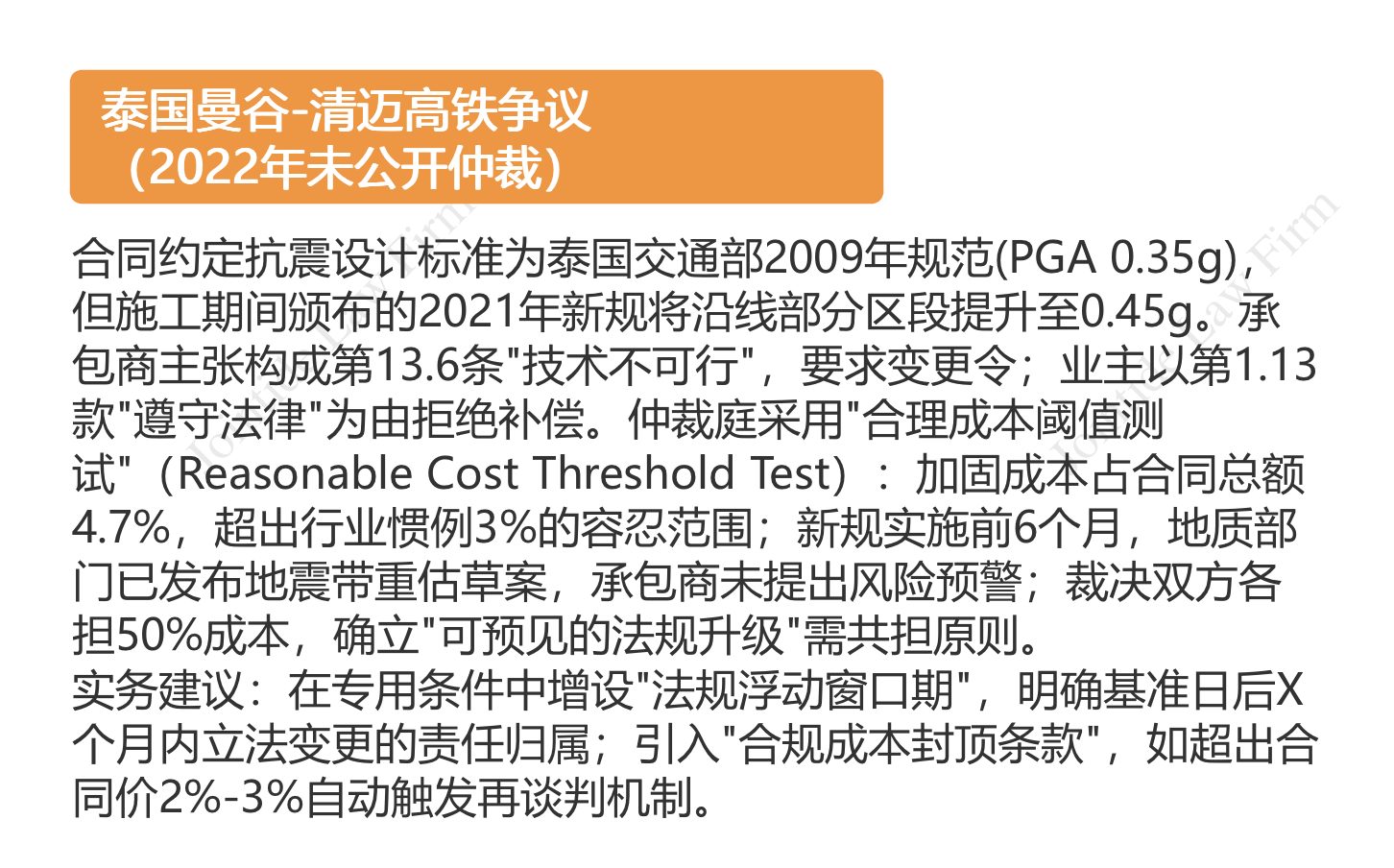
3. Technical Feasibility Defense
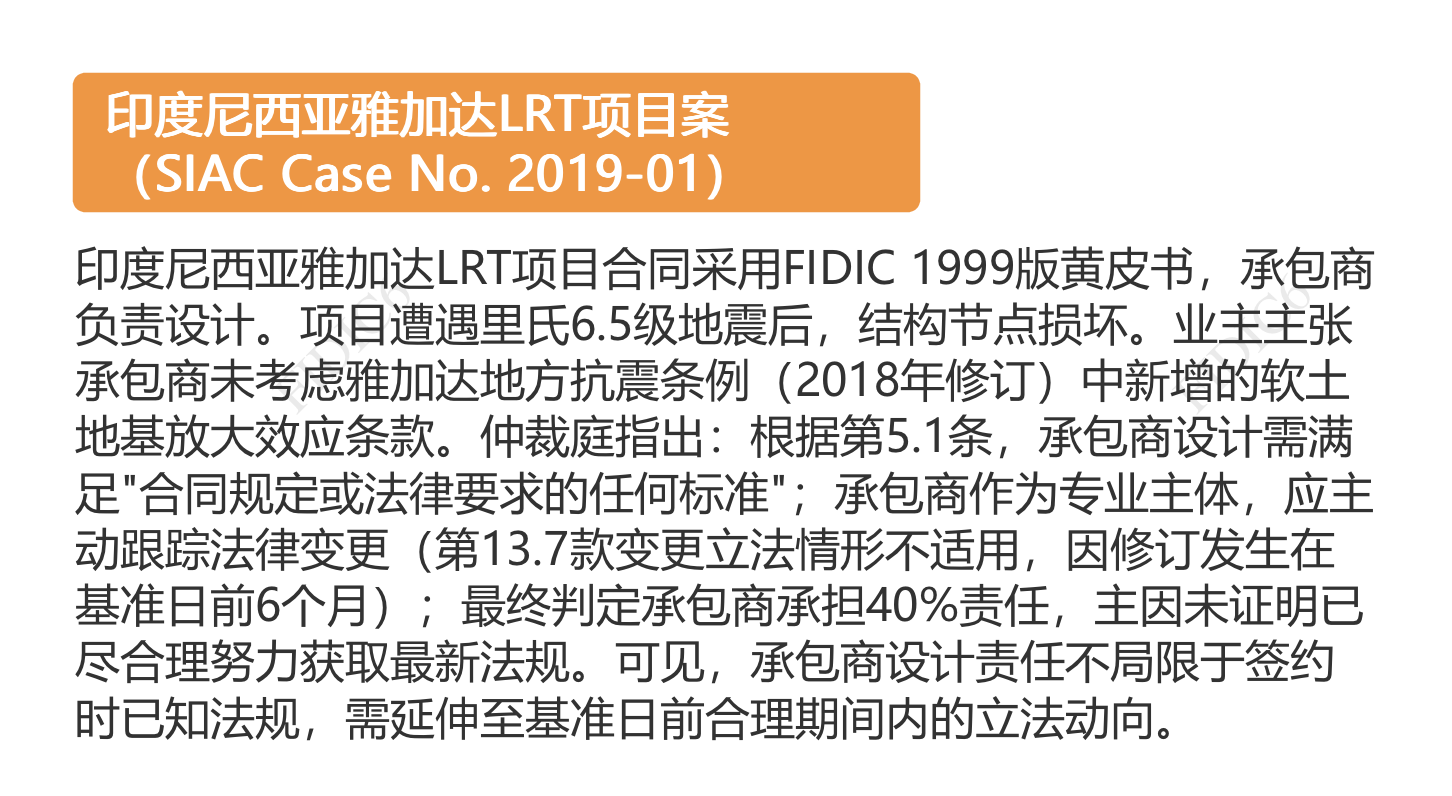
(b) Responsibility Boundary of the Owner
1. Guarantee of Data Authenticity
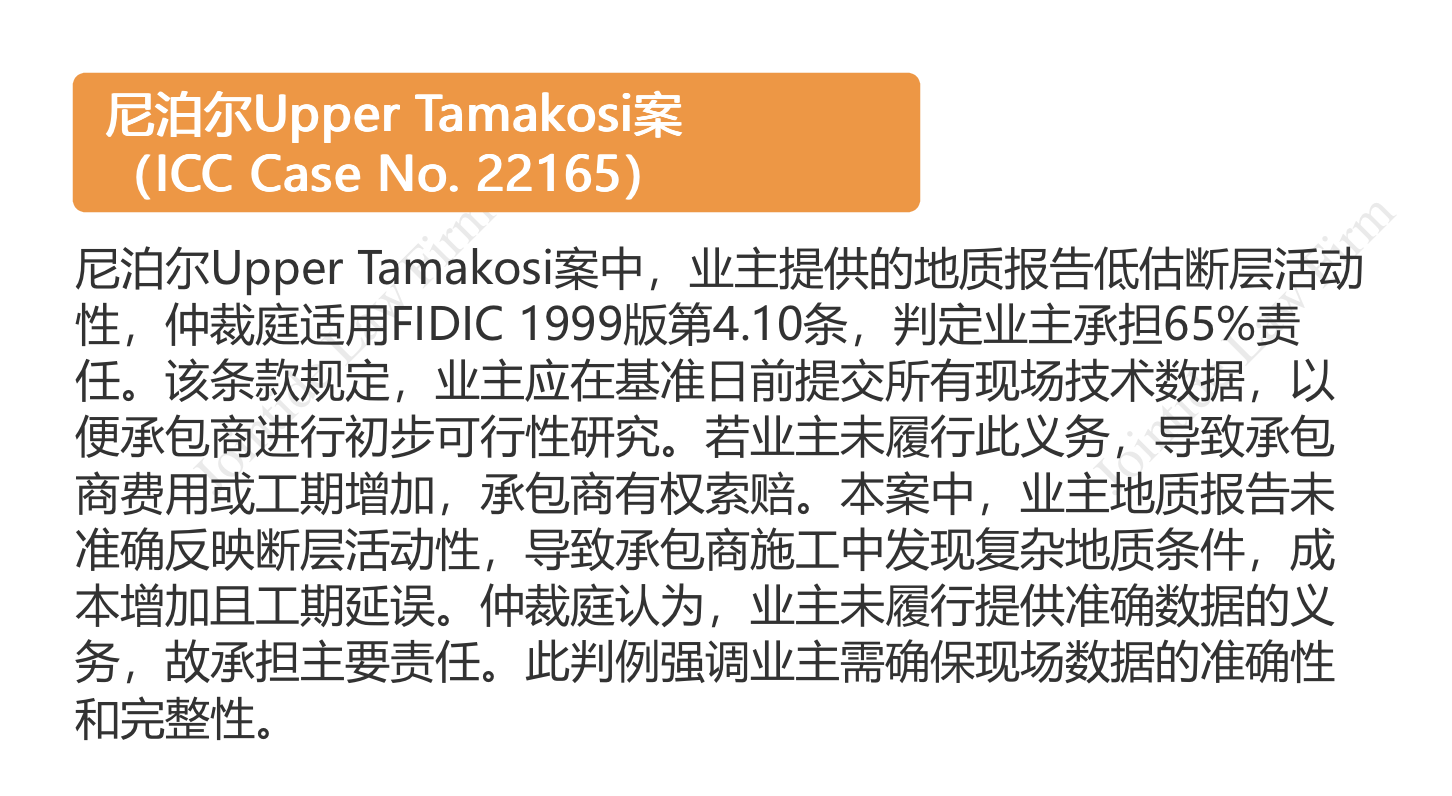
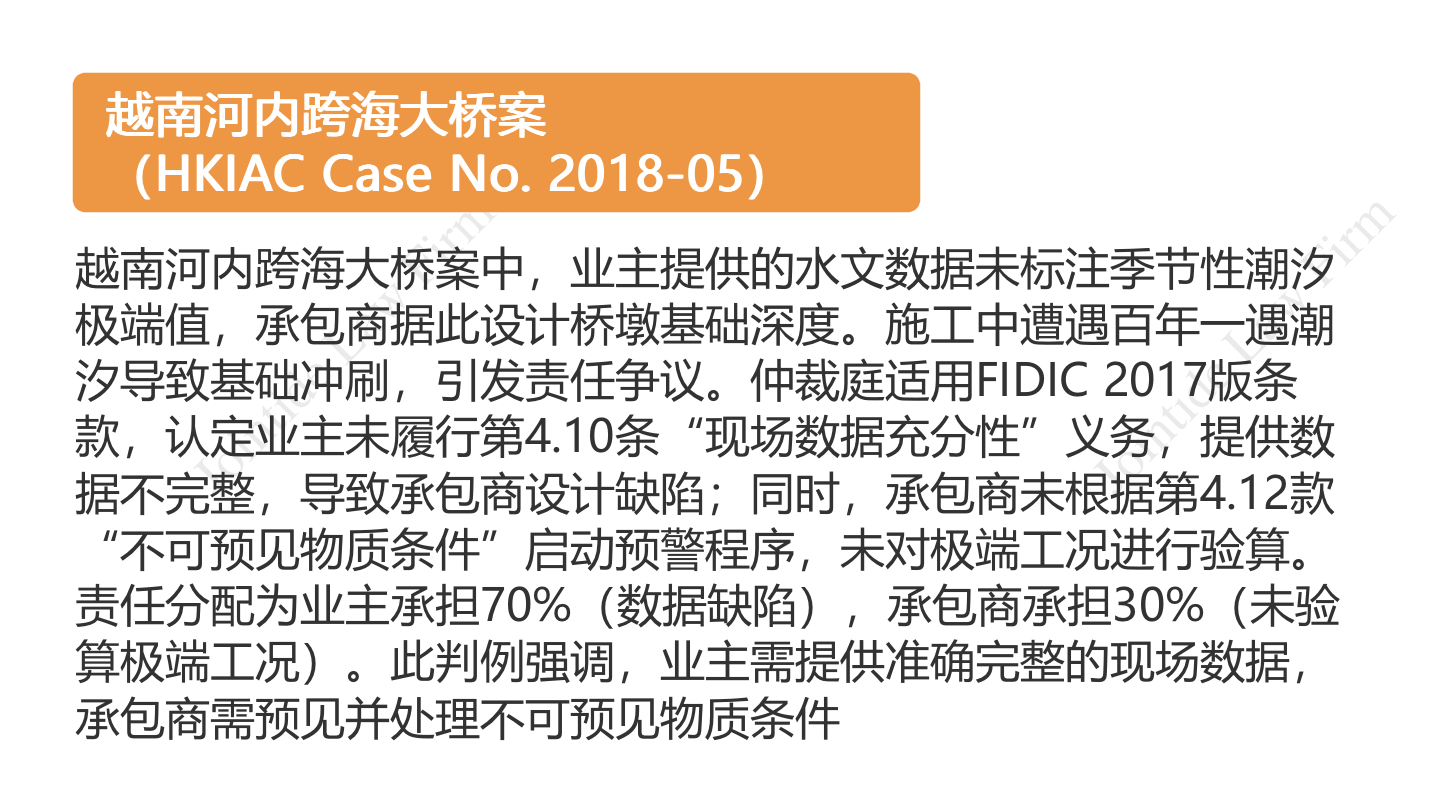
2. Legality of Approval Procedures
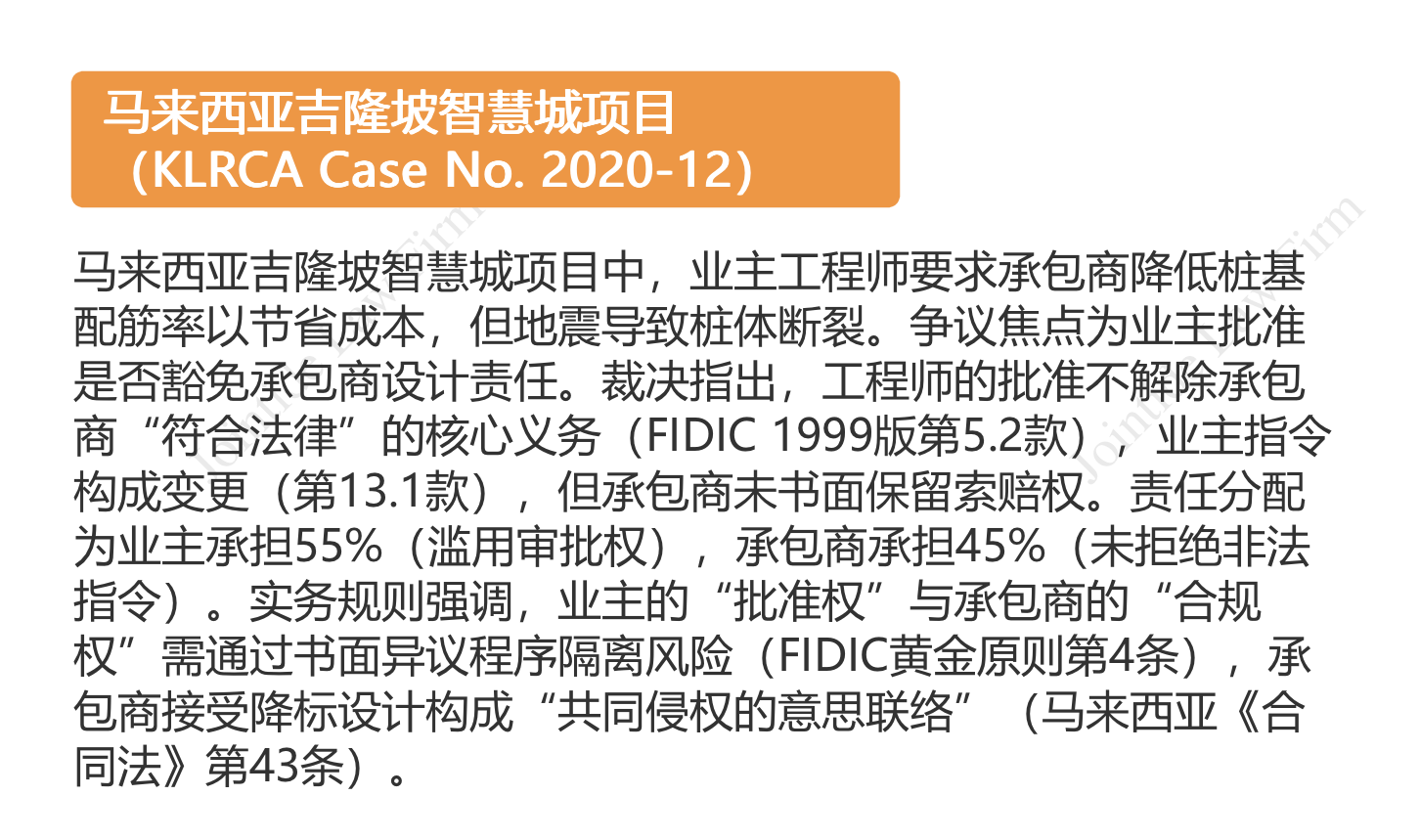
3. Timeliness of Variation Orders
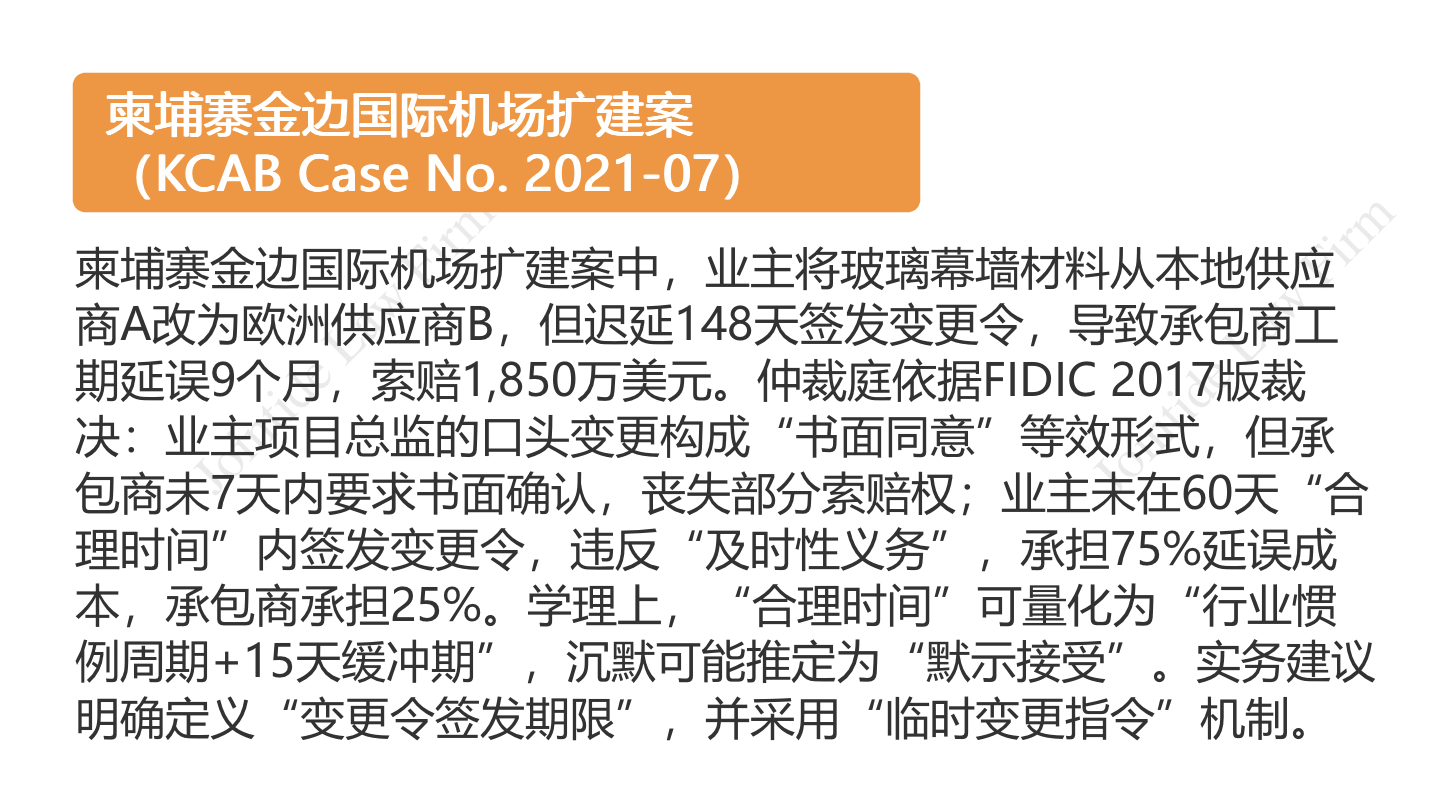
4. Secondary Risk Liability for Payment Delays
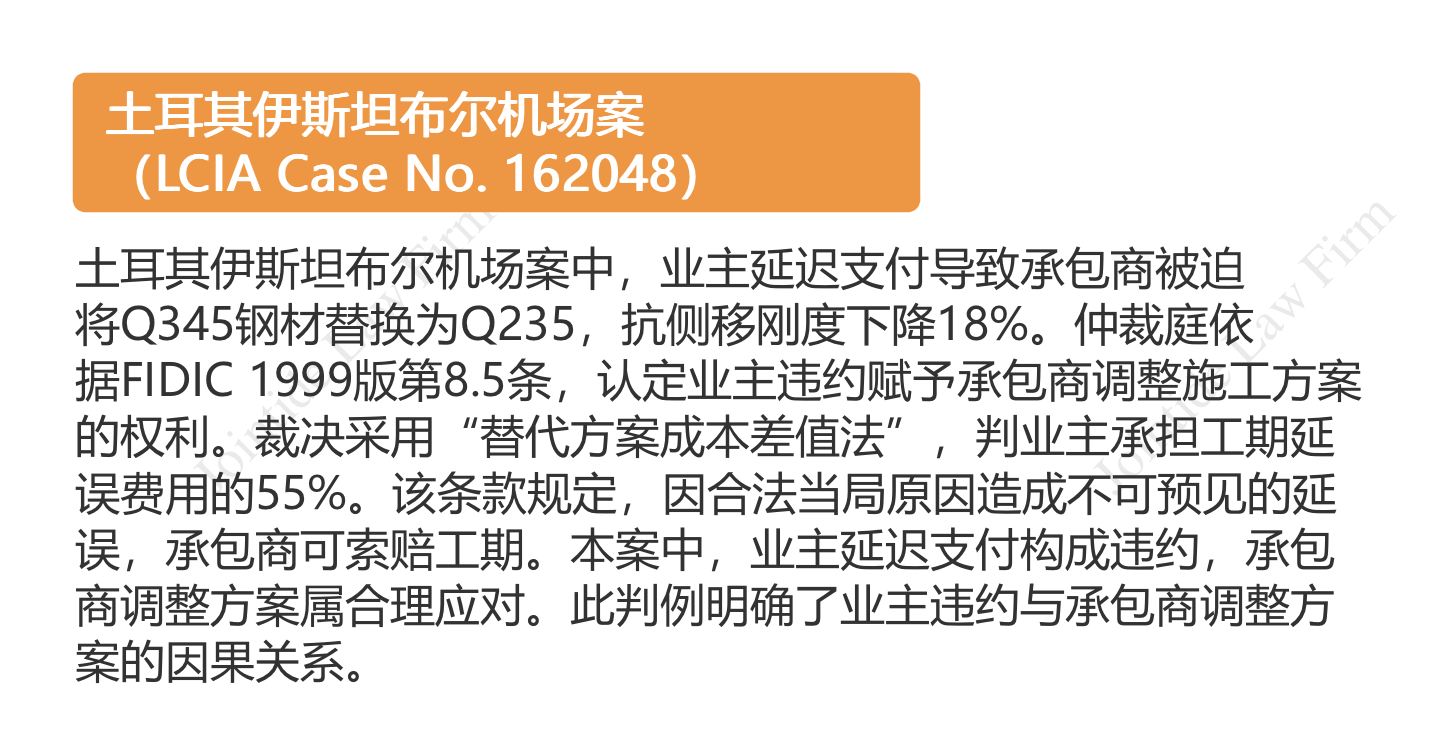
(c) Definition of Engineer's Responsibility Boundary
1. Determination Standard of Design Review Negligence
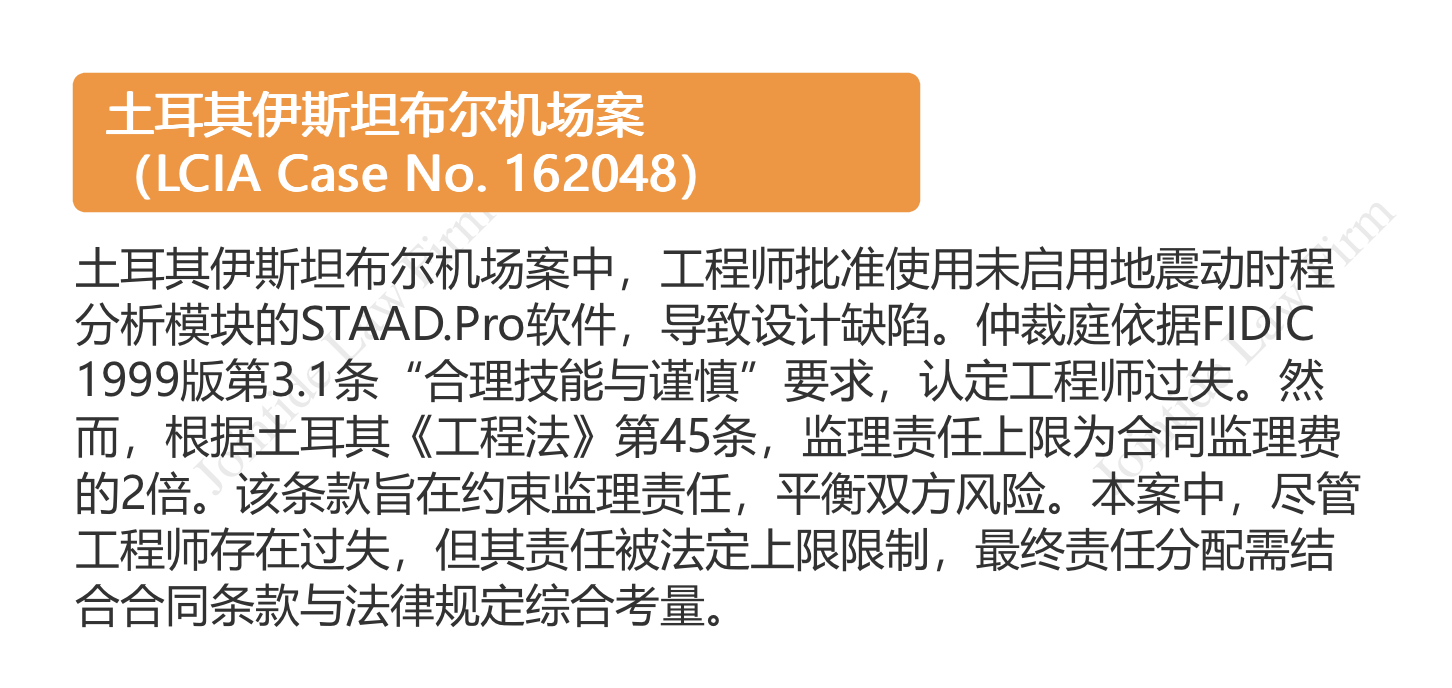
2. Statutory Restrictions on Supervisory Responsibility
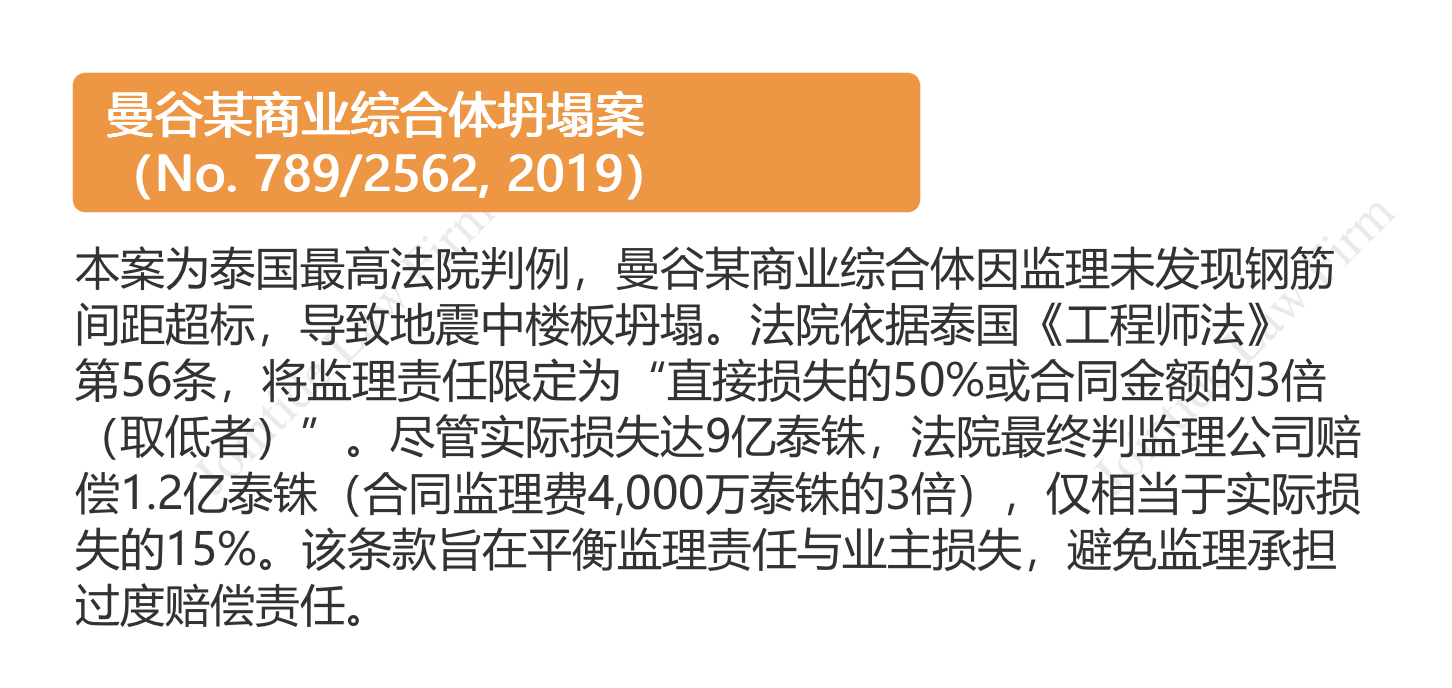
(d) Responsibility Boundary of Third Parties
1. Compliance Review of Subcontracted Designs
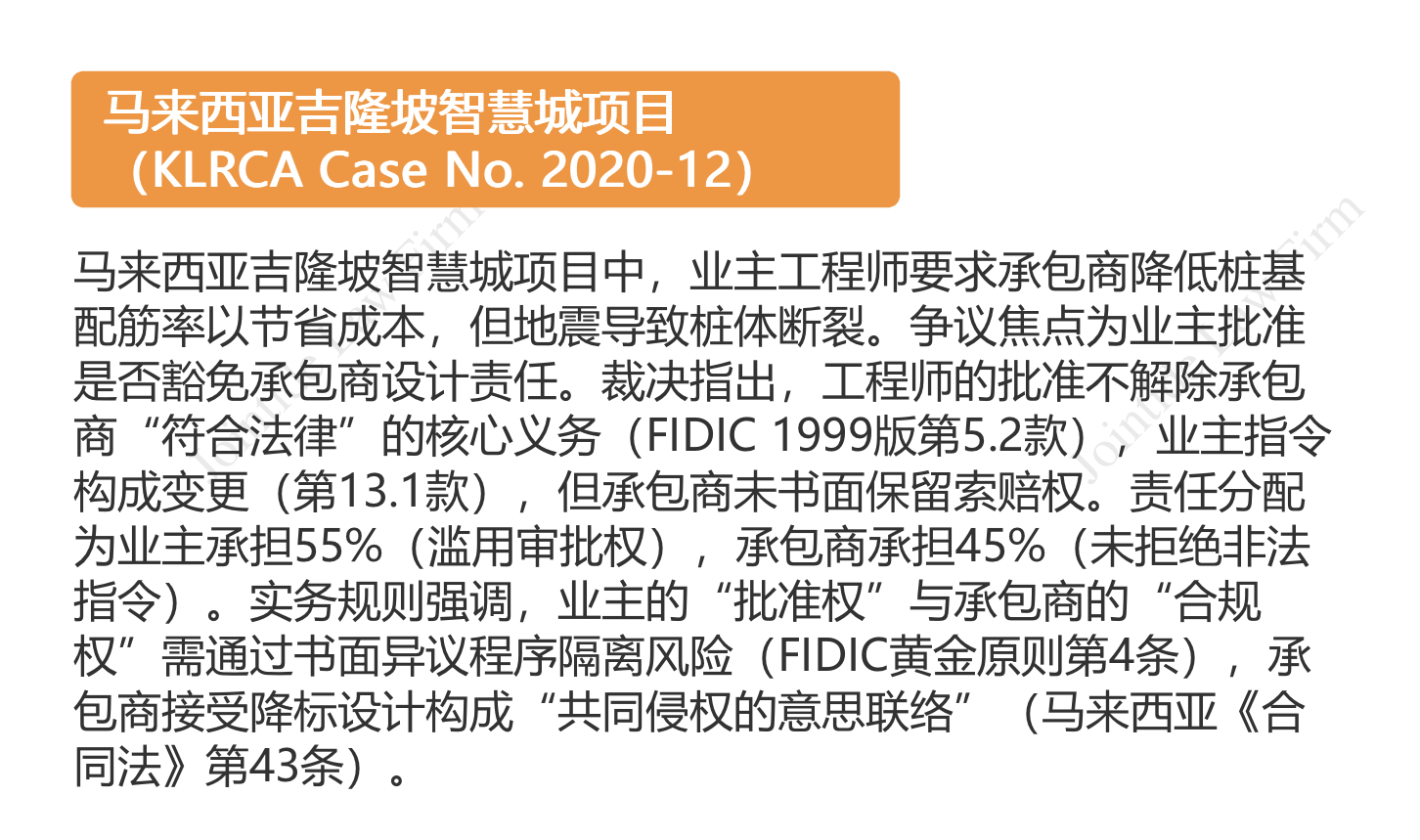
2. Foreseeability of Government Actions

III. Restrictions on FIDIC Clauses by the Thai Legal Environment
Thailand's legal system is centered on codified law. Its Civil and Commercial Code, Building Control Act, Public Procurement Act, etc., impose multiple restrictions on the application of FIDIC clauses, mainly in the following aspects:
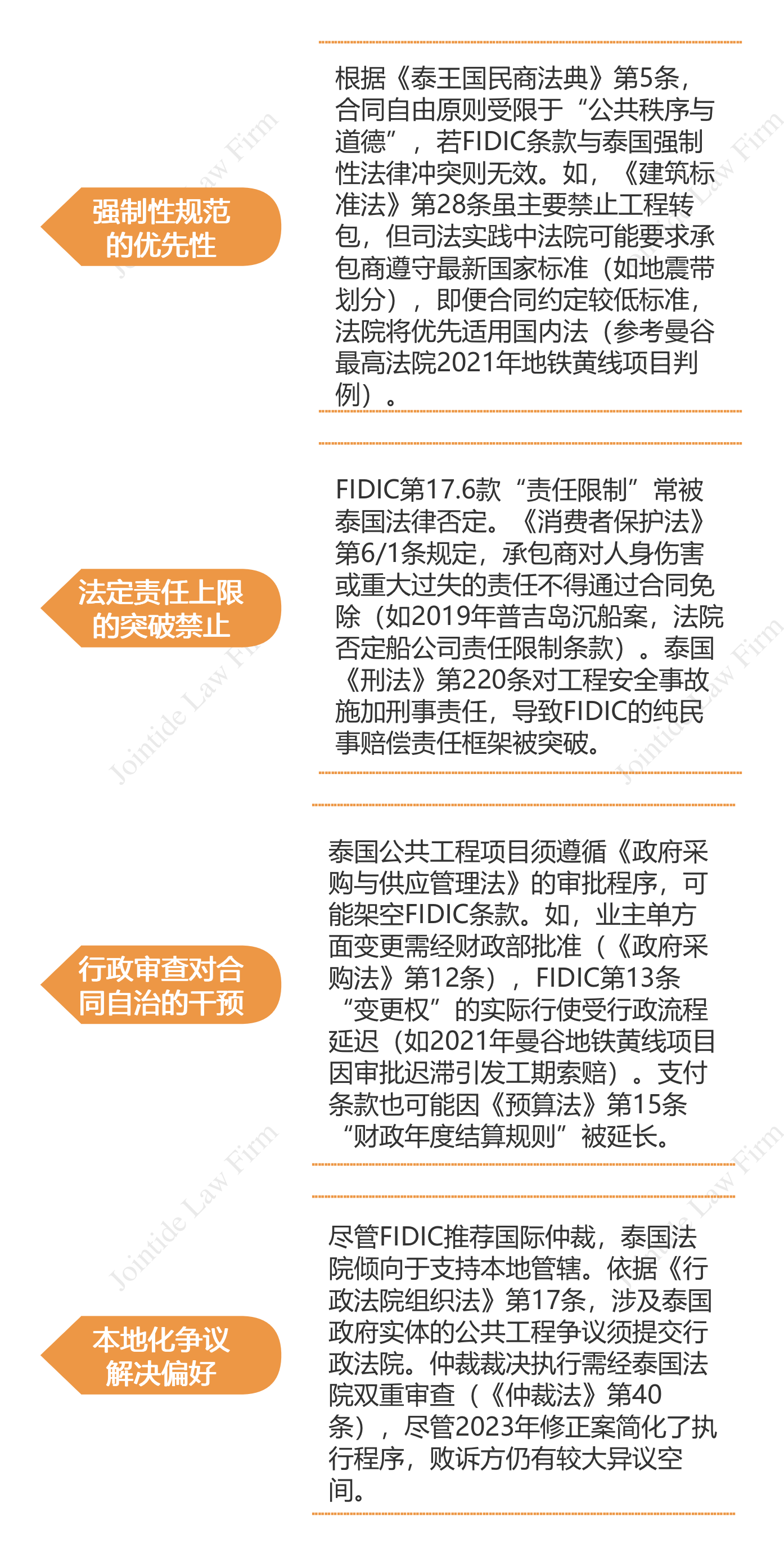
Regarding force majeure, the limitations of Thai law are as follows:
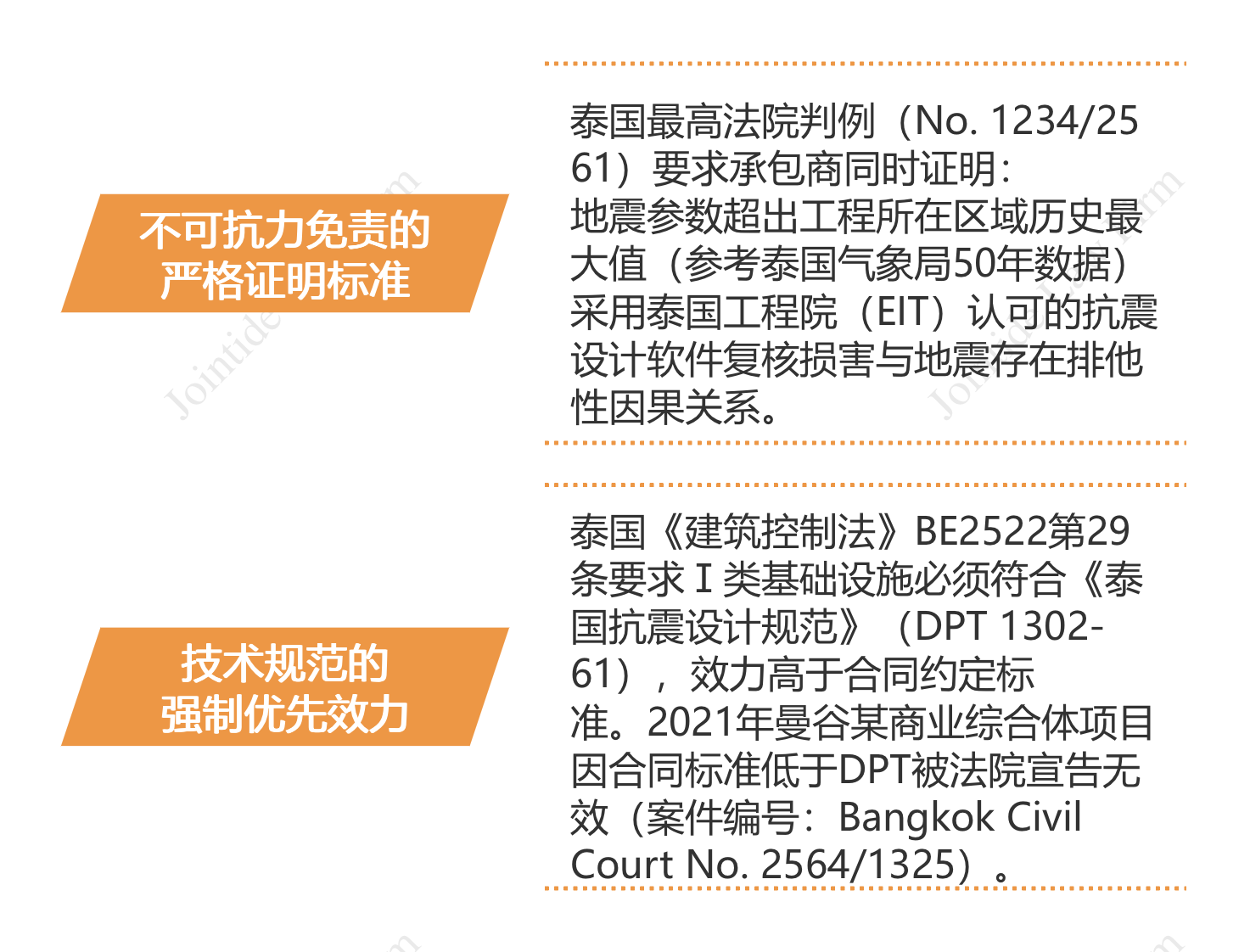
IV. Legal Suggestions for Chinese Enterprises Participating in International Engineering Construction in Thailand
In view of the restrictions imposed by the Thai legal environment on FIDIC clauses, it is suggested that Chinese enterprises take the following measures to prevent legal risks:
(a) Reshaping Contract Structure: Breaking Through the Substantive Conflict between FIDIC and Thai Law
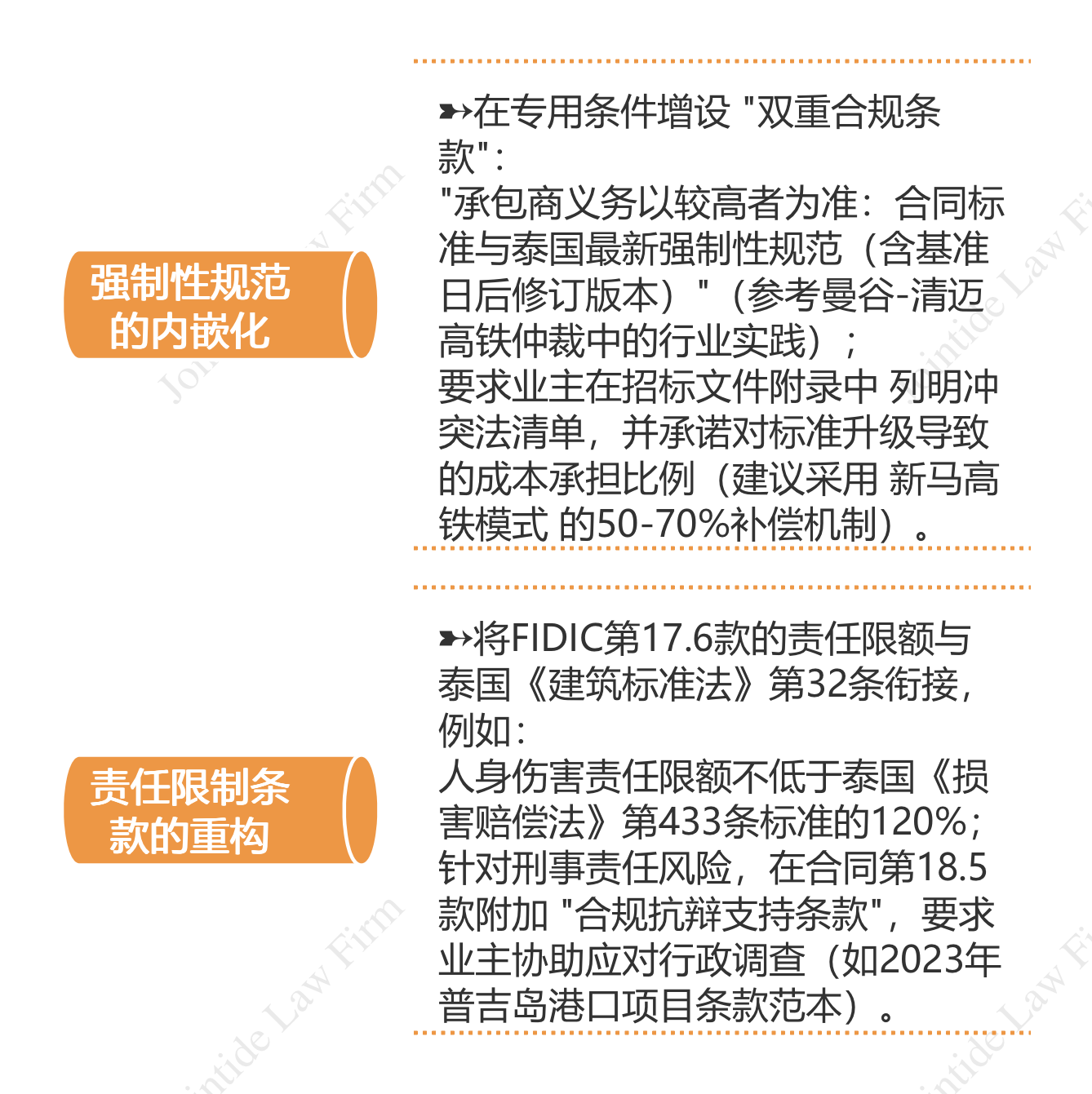
(b) Administrative Procedure Defense: Setting up a Buffer Zone for Government Intervention
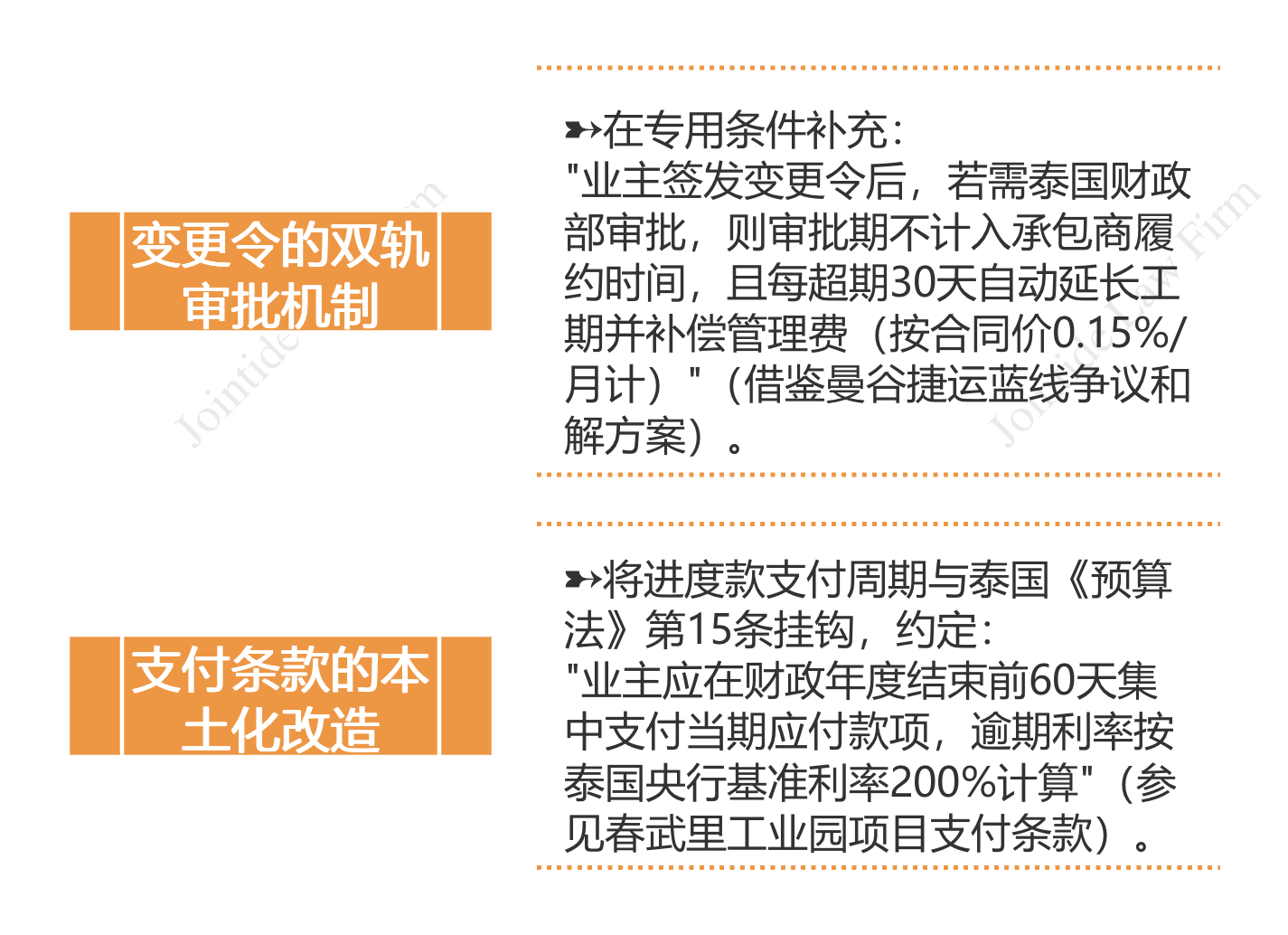
(c) Dispute Resolution Strategy: Coping with Local Judicial Protectionism
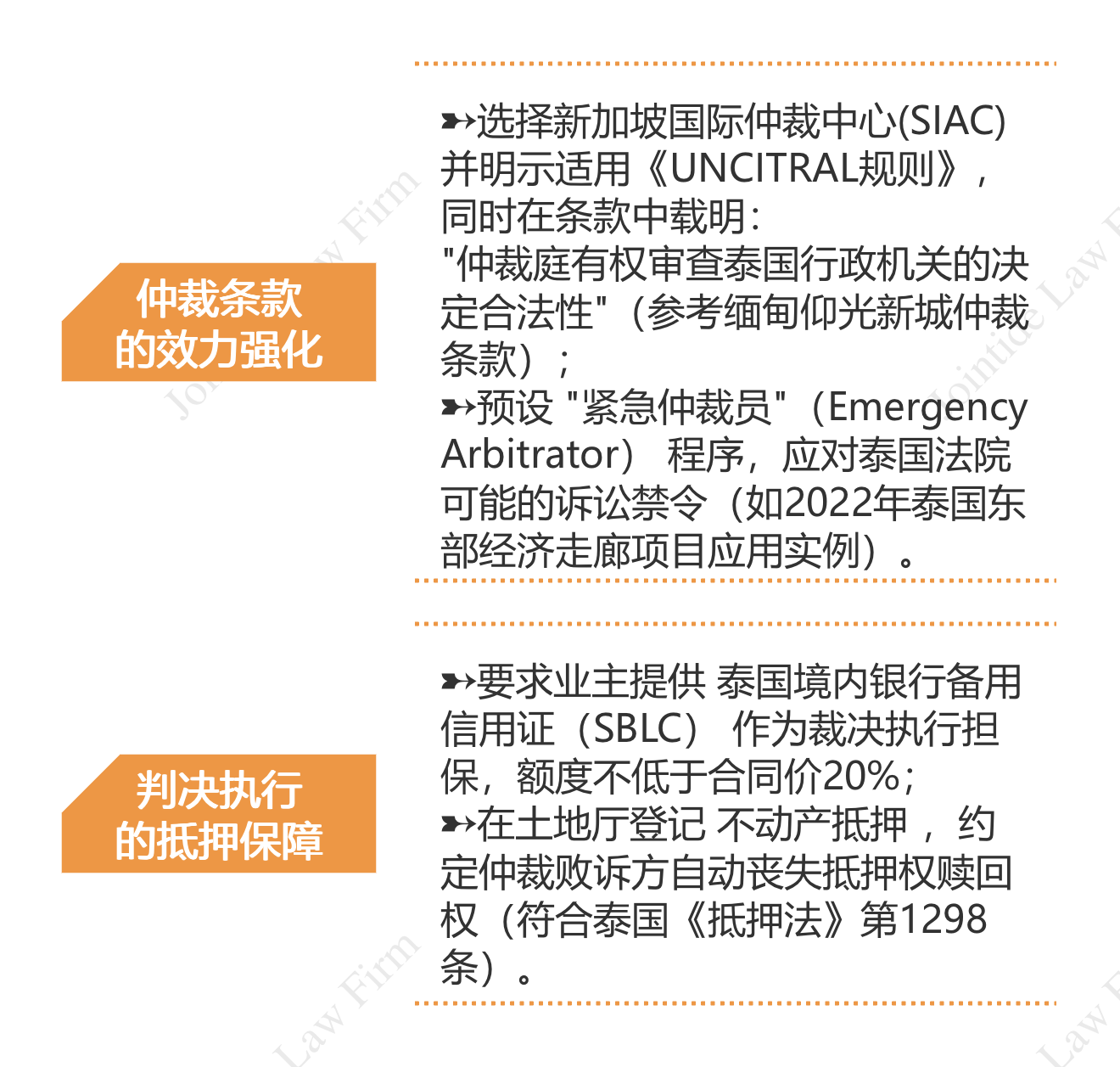
(d) Systematic Risk Control: Building a Tripartite Compliance System
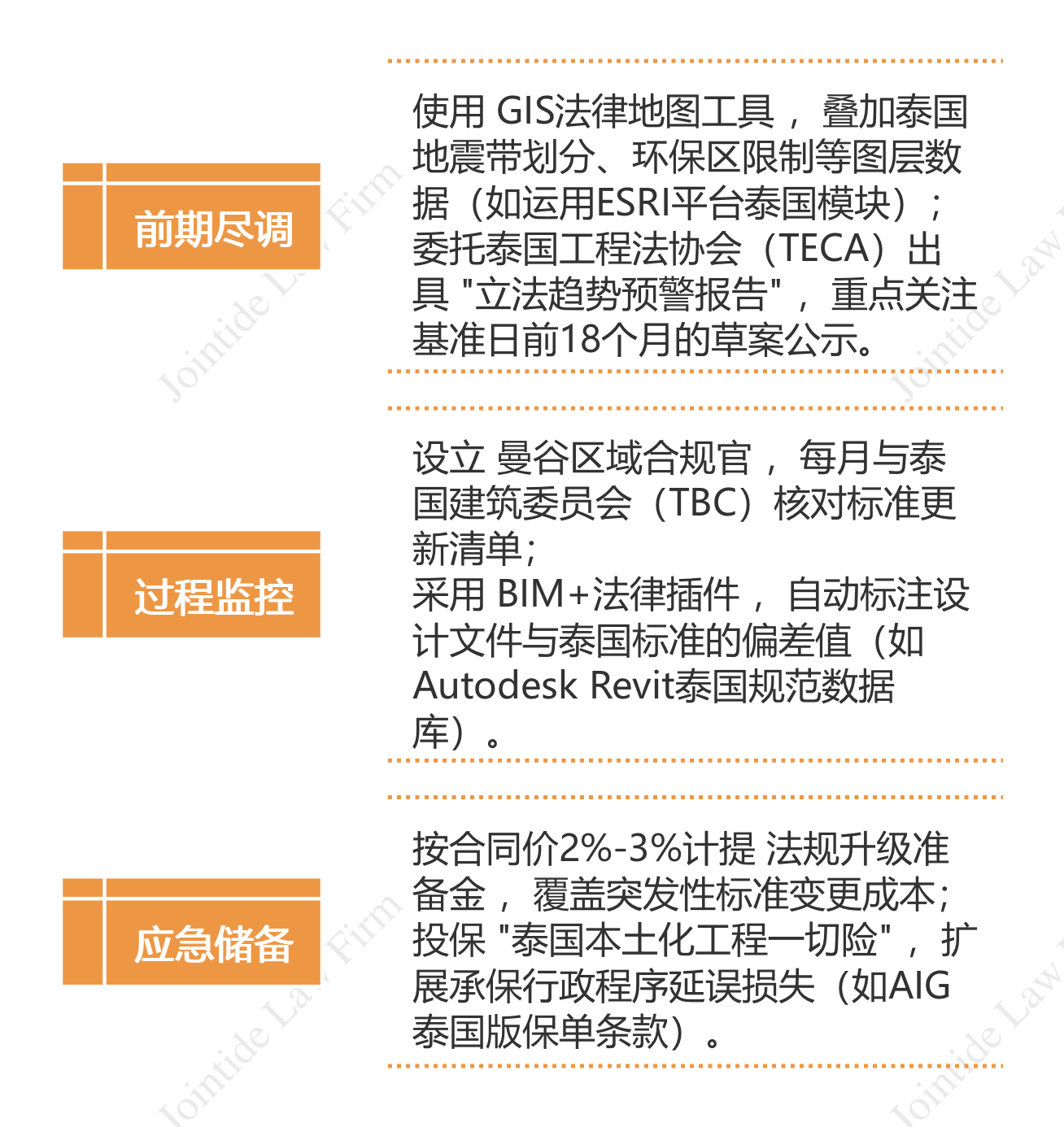
V. Summary
When applying FIDIC clauses in Thailand, it is necessary to achieve compatibility with the mandatory regulations of the Building Control Act through revisions to the special conditions, focusing on coordinating the conflict between contract standards and Thai seismic design standards (DPT). Contractors should establish a "dual compliance review mechanism" to simultaneously meet contractual agreements and statutory technical requirements, and dynamically track legislative drafts to reduce the risk of standard upgrades. For projects in high-seismic areas, it is recommended to build a "tripartite risk buffer system" of insurance, guarantees, and emergency funds: using comprehensive general liability insurance to cover force majeure losses, bank guarantees to hedge compliance disputes, and setting aside special emergency funds to deal with sudden design changes, thus achieving controllable project performance under legal rigid constraints.
Key words:
Related News

Zhongcheng Qingtai Jinan Region
Address: Floor 55-57, Jinan China Resources Center, 11111 Jingshi Road, Lixia District, Jinan City, Shandong Province



